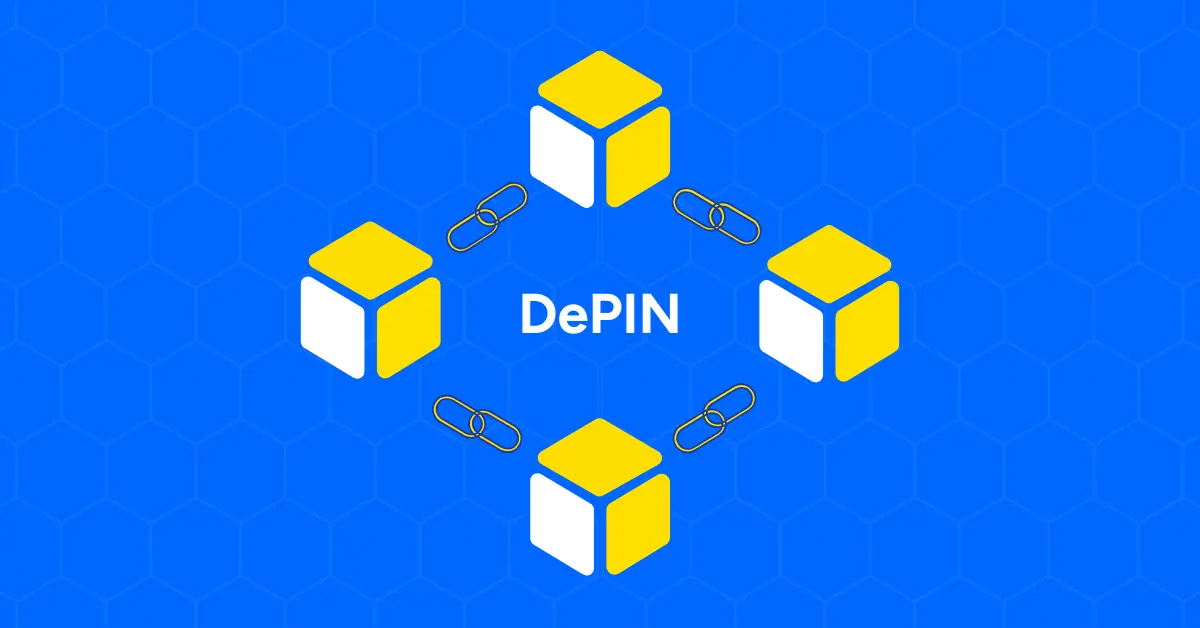Hivemapper Enhances Network Integrity with MIP-20 Verification Proposal

Hivemapper Network has introduced an innovative approach to verification through its Map Improvement Proposal 20 (MIP-20), which emphasizes the importance of maintaining the integrity and trustworthiness of the network. Instead of relying solely on human or hardware validation, the system is designed to combat fraudulent contributions, including AI-generated imagery and replay attacks. This proactive stance ensures that the network remains resilient against various forms of manipulation, thereby fostering a more reliable data environment.
At the core of Hivemapper’s strategy is a vision-based consensus mechanism that operates at the hex level. This mechanism cross-references observations from multiple Bee devices, validating data based on the agreement of independent devices. For instance, if several devices report similar objects, such as traffic signs or toll prices, within the same timeframe and location, those observations are deemed valid. This method significantly reduces the likelihood of a single bad actor successfully injecting fake imagery into the network, as the consensus requires corroboration from diverse sources.
To further enhance the verification process, Hivemapper incorporates device diversity weighting. Contributions from devices with distinct hardware IDs and non-overlapping routes are given greater importance in the consensus process. This ensures that only authentic data from independently captured observations contributes to the network. Additionally, new Bee devices start with low trust and must build credibility through successful visual challenges, promoting a healthy ecosystem where good actors are incentivized to deploy more devices in low-traffic areas, thus improving overall network coverage and data freshness.
Related News





